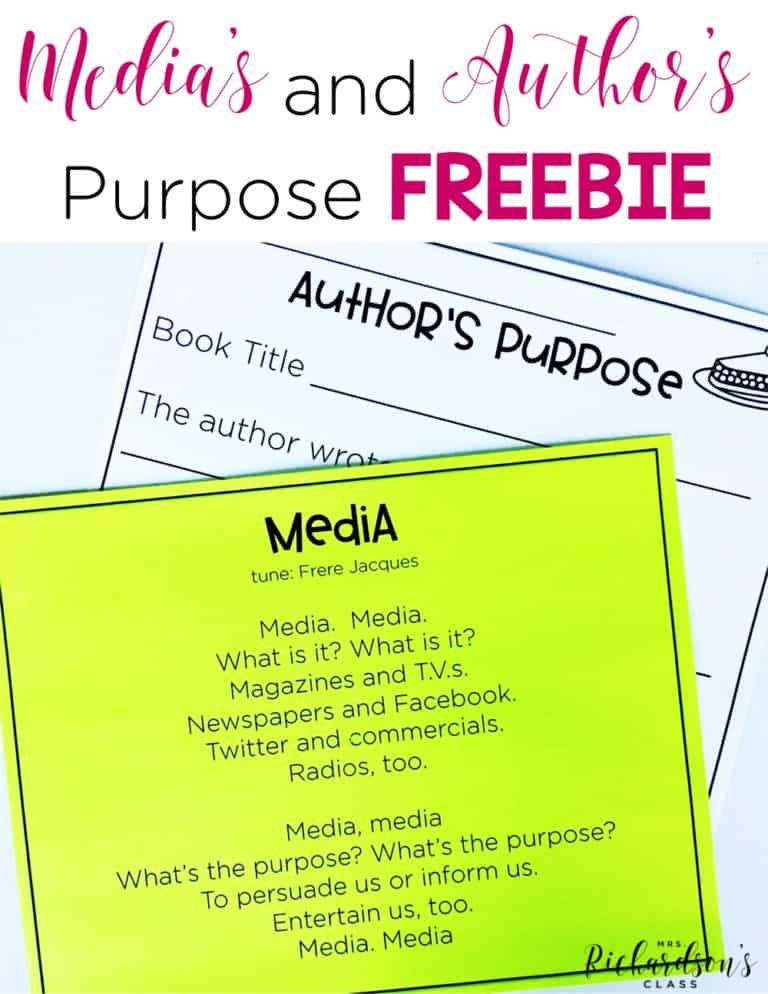

Shared Reading may be a new phrase to you if you are a new teacher within the last five years. But some of us know exactly what that phrase means. It may even bring back fond memories of reading with our kids as we gathered close on the carpet. Shared reading is a method of teaching and practicing literacy skills that is rooted in the whole language approach to reading. It then transferred to the balanced literacy approach, which if you have been around here for a while, you know I was heavily trained in and taught with for many, many years. But now that we know better, it’s time to continue to do better, friends. Let’s begin by looking at shared reading and science of reading research.

The short answer is yes and no. I know that’s not what you want to read, but for a fast and furious answer, that is it.
I say yes because of the strands from Scarborough’s Reading Rope that shared reading touches. Kids need to know concepts about print, have a growing vocabulary, and background knowledge as they are learning to become skilled readers.
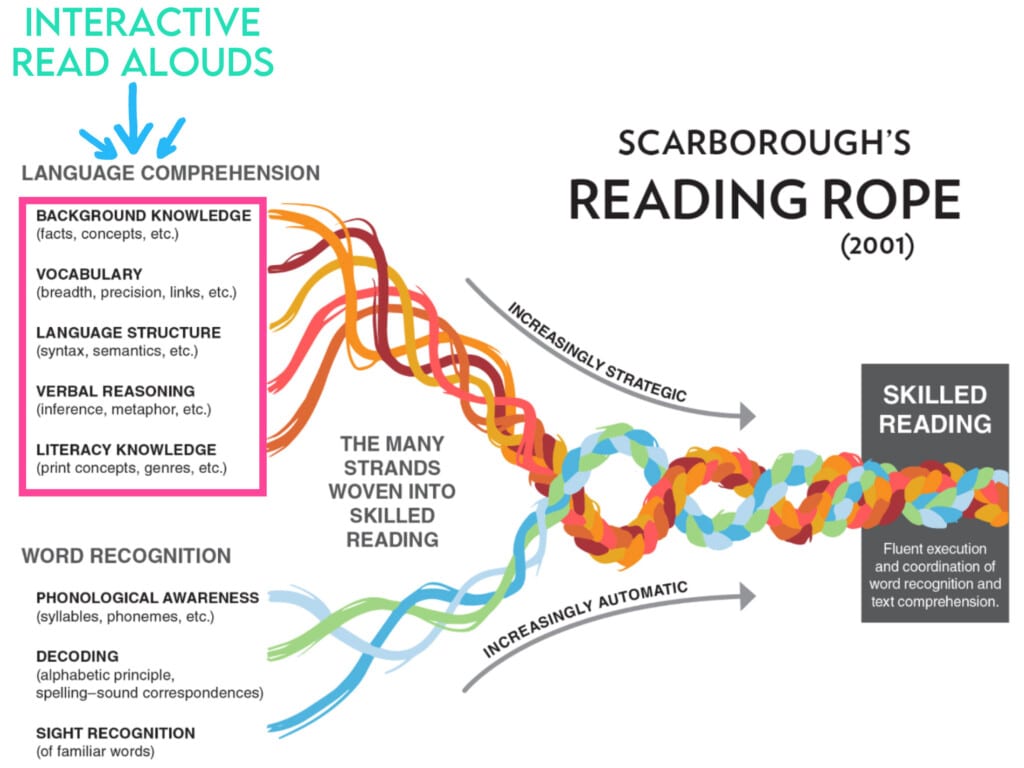
I say no because its orgin is in a whole language approach to reading. If you aren’t familiar with whole language, it’s the (false) idea that kids will learn to read by being exposed to words. We can simply read aloud to them and they can listen and then they will learn how to read. We know this is silly and not true because we now know that learning to read requires explicit, systematic instruction built on a solid foundation of letters and sounds.
Don’t miss this–shared reading alone is NOT a solid instructional practice of teaching kids to learn how to read.
We know that making the shift to Science of Reading aligned instruction is not just about the resources we use, but also about the way we use them. We can still use shared reading materials and there are benefits! But we need to be careful about HOW we are using this time. For example, I wouldn’t put am emphasis on having shared reading daily as we used to when we followed the balanced literacy model of teaching. Kids need MORE than shared reading and while it never stood alone, it doesn’t quite bring the value we thought it did now that we know what we know about how the brain learns to read.
If you are looking to implement shared reading in your classroom a few times a week, these sets of science-themed poems will be perfect for you!
You can write them on chart paper for everyone to see together, then read them together as you build vocabulary, build background knowledge for science concepts coming up, and practice fluency. Don’t forget the joy and fun they bring to your classroom!

Each poem also has phonics activities you can use as extensions in centers or as a whole group to review phonics skills already explicitly taught.
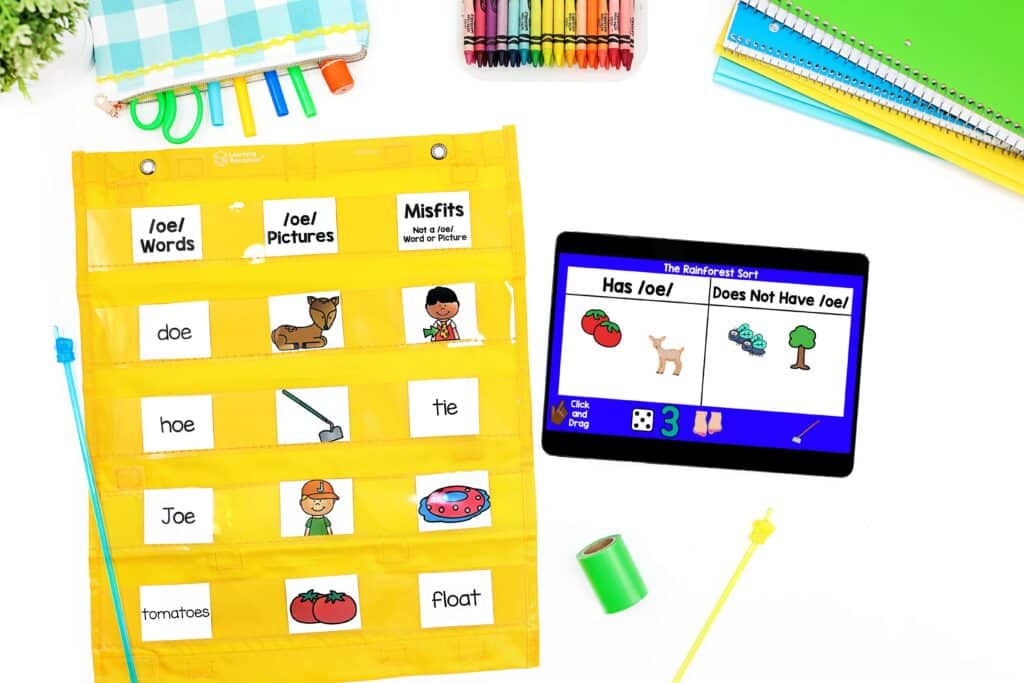
Are you using shared reading as a time to enrich your literacy instruction in your classroom? I’d love to hear from you in the comments!

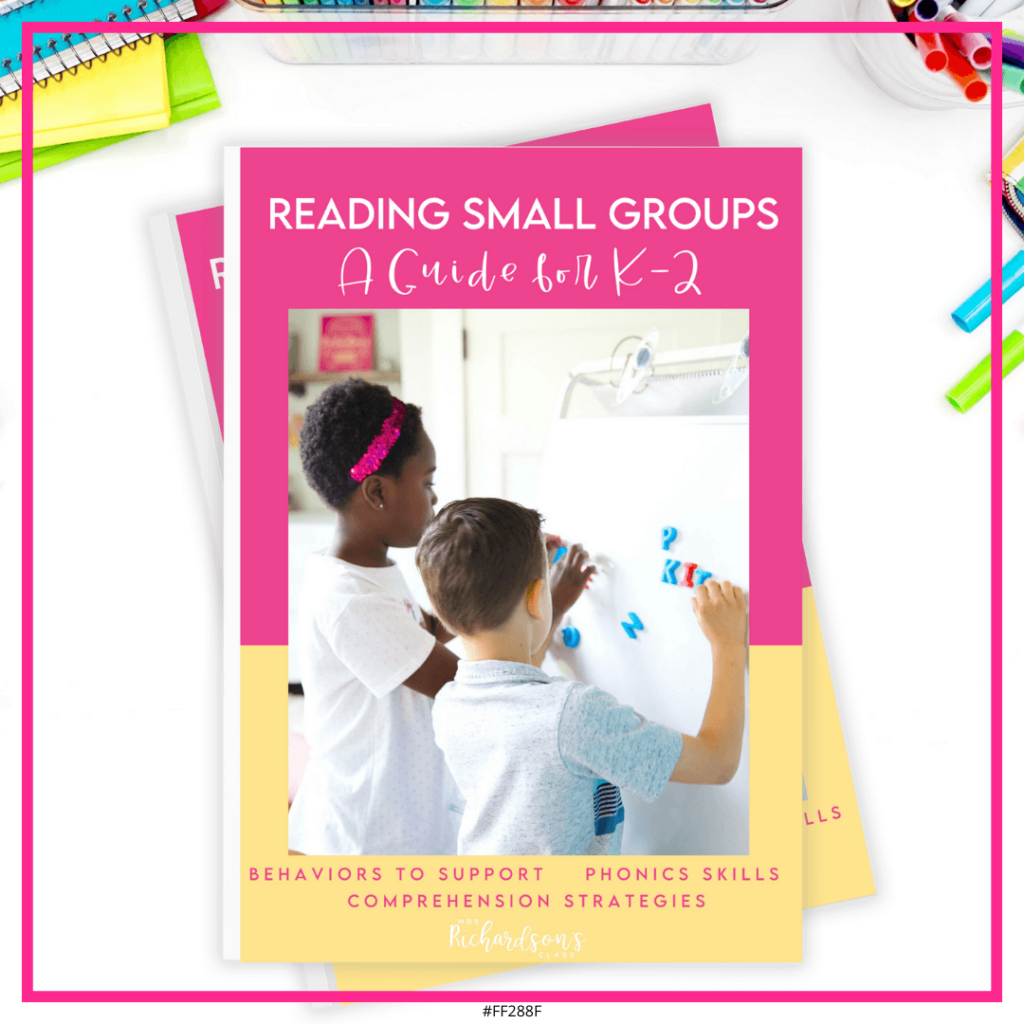
Want to use the latest research to boost your readers during small groups? This FREE guide is packed with engaging ideas to help them grow!

I’m a K-1 teacher who is passionate about making lessons your students love and that are easy to implement for teachers. Helping teachers like you navigate their way through their literacy block brings me great joy. I am a lifelong learner who loves staying on top of current literacy learning and practices. Here, you’ll find the tools you need to move your K-2 students forward!
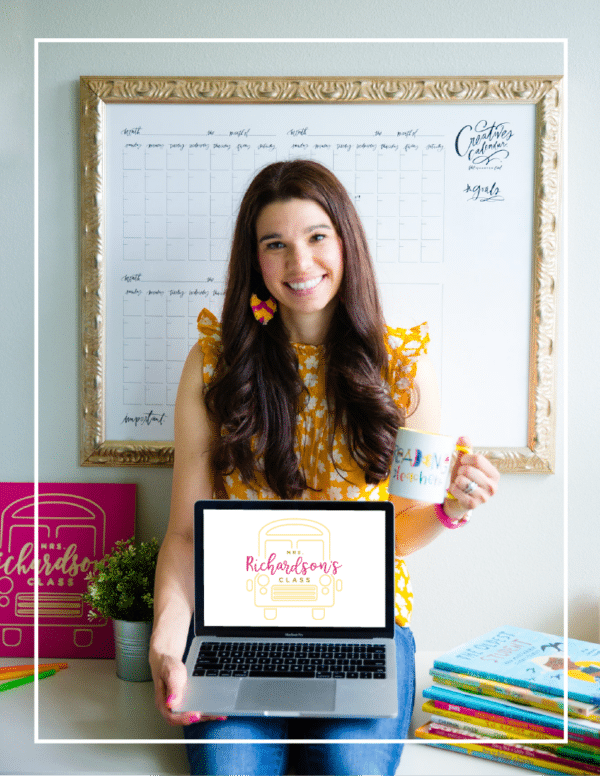
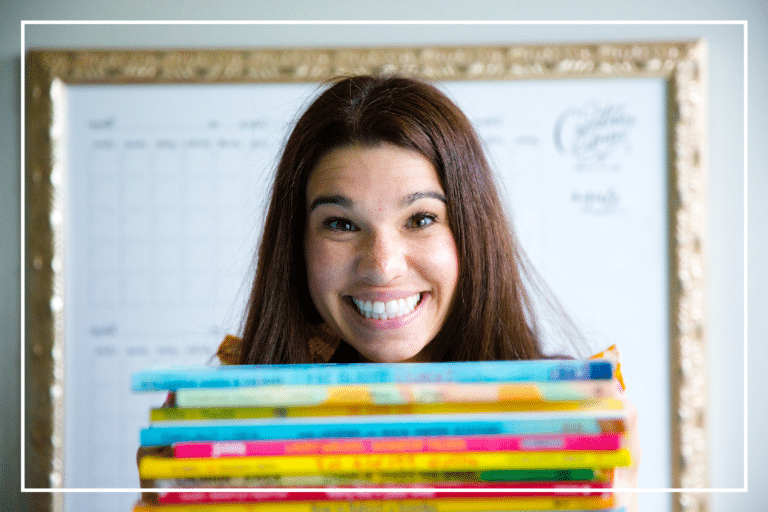
| Cookie | Duration | Description |
|---|---|---|
| cookielawinfo-checkbox-analytics | 11 months | This cookie is set by GDPR Cookie Consent plugin. The cookie is used to store the user consent for the cookies in the category "Analytics". |
| cookielawinfo-checkbox-functional | 11 months | The cookie is set by GDPR cookie consent to record the user consent for the cookies in the category "Functional". |
| cookielawinfo-checkbox-necessary | 11 months | This cookie is set by GDPR Cookie Consent plugin. The cookies is used to store the user consent for the cookies in the category "Necessary". |
| cookielawinfo-checkbox-others | 11 months | This cookie is set by GDPR Cookie Consent plugin. The cookie is used to store the user consent for the cookies in the category "Other. |
| cookielawinfo-checkbox-performance | 11 months | This cookie is set by GDPR Cookie Consent plugin. The cookie is used to store the user consent for the cookies in the category "Performance". |
| viewed_cookie_policy | 11 months | The cookie is set by the GDPR Cookie Consent plugin and is used to store whether or not user has consented to the use of cookies. It does not store any personal data. |


